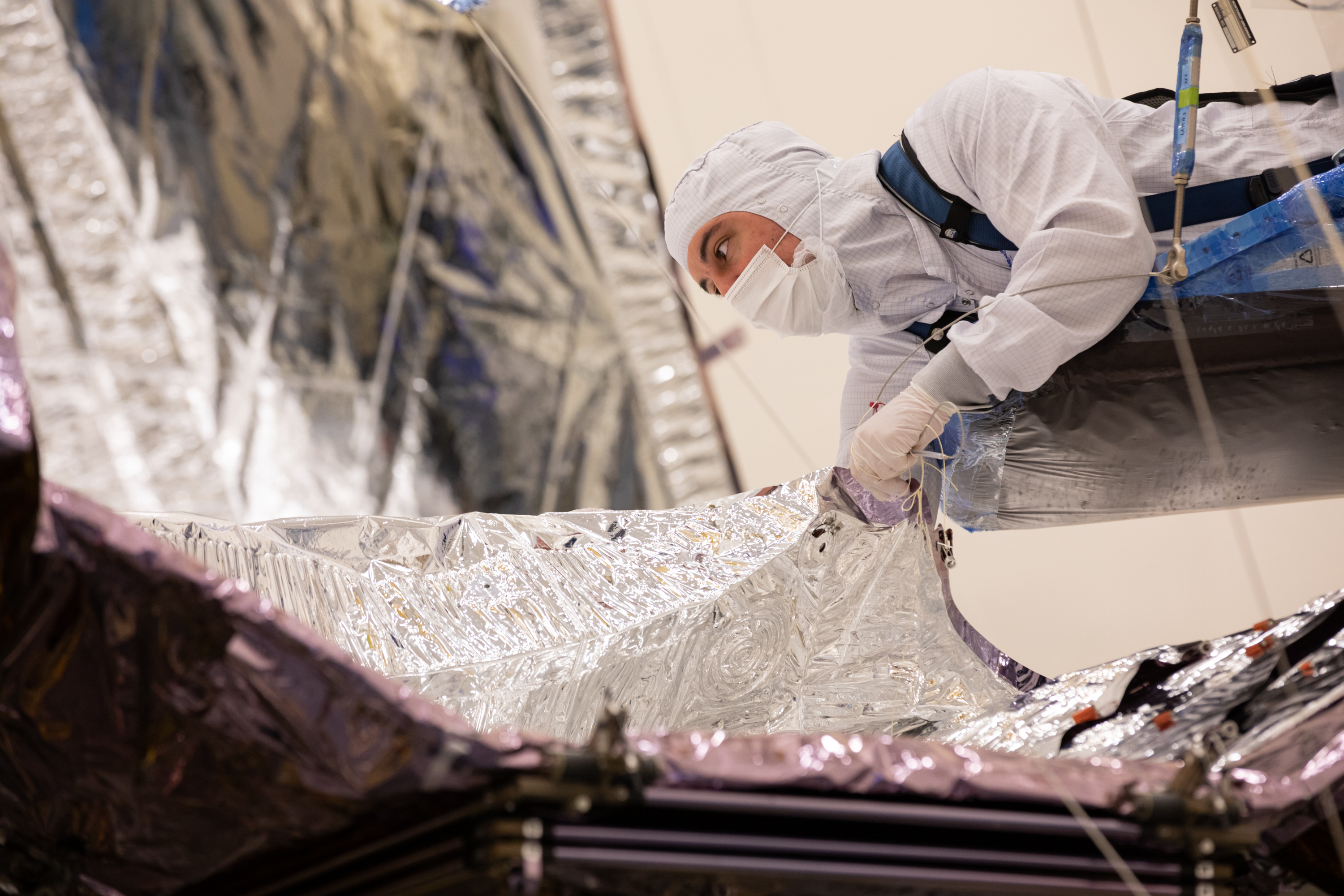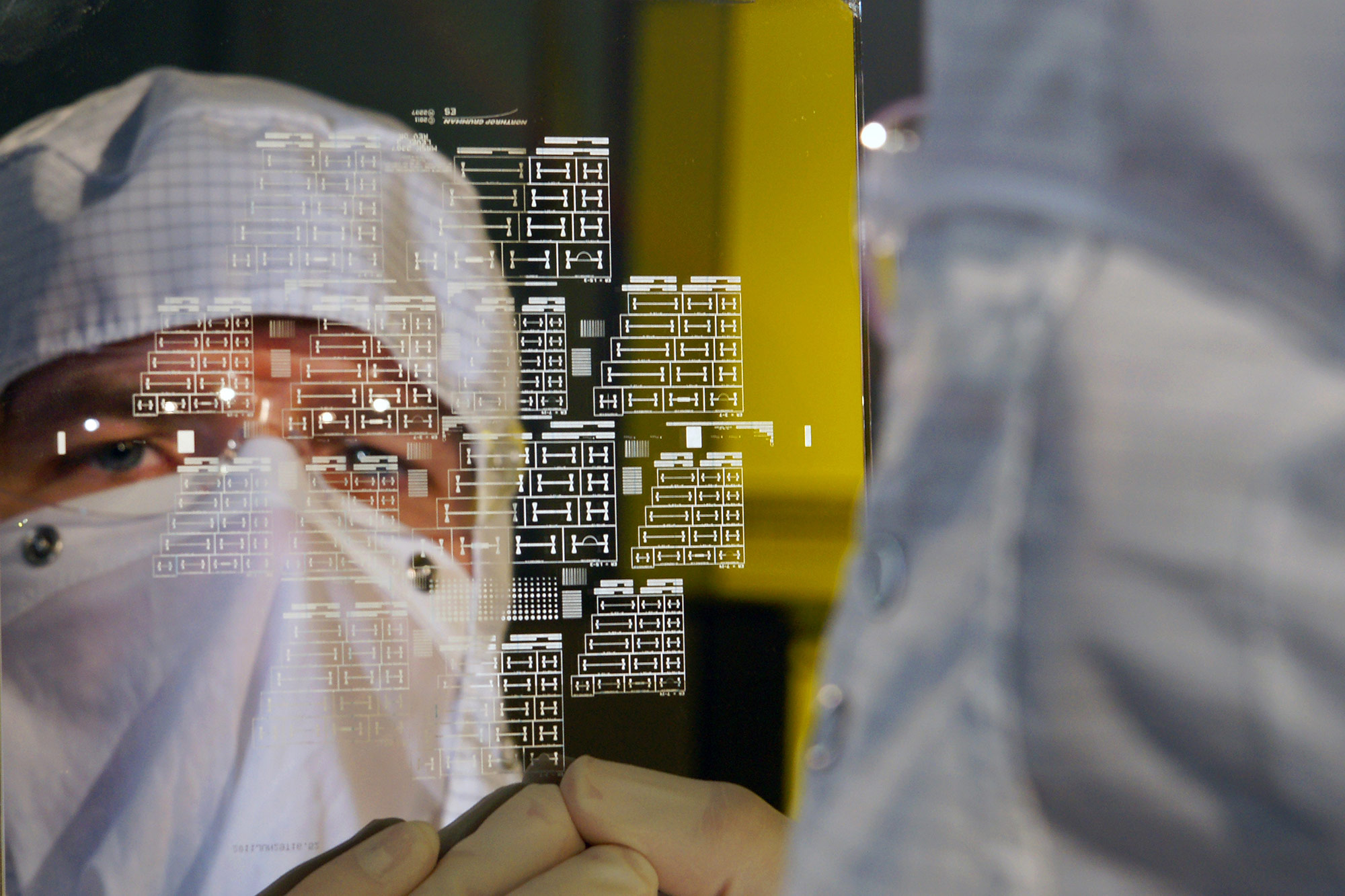10 Facts About Northrop Grumman’s B-21 Raider

10 facts about Northrop Grumman’s B-21 Raider:
Benefitting from more than three decades of strike and stealth technology innovation, the B-21 is the next evolution of the Air Force strategic bomber fleet and the world’s first sixth-generation aircraft to reach the skies.
When it comes to delivering America’s resolve, the Raider will provide the Air Force with long range, high survivability and mission payload flexibility. The B-21 will penetrate the toughest defenses for precision strikes anywhere in the world. Here are 10 key facts about Northrop Grumman’s B-21 Raider as it enters flight test.
1. Sixth Generation
The B-21 Raider is setting standards for sixth-generation technology. On the outside, next-gen stealth and advancements in low observable processes will make the B-21 easier and less costly to maintain than prior systems. Inside, the B-21’s open architecture will enable rapid upgradability from inclusion of new weapons to software upgrades. Layered on to the advanced networking capabilities and successful migration to a cloud environment, the B-21 is designed to meet the evolving threat for decades to come.
2. Partnership Approach
The B-21 Raider program is re-imagining traditional acquisition processes. Through active contract management, Northrop Grumman and the U.S. Air Force have worked in a partnership focused on shared success over the long term. The teams’ focus on transparency is evident in the industry first data sharing agreement that provides the end user with access to valuable data, including the B-21 digital twin, that will enable greater affordability and rapid upgradability throughout the program lifecycle.
3. Backbone of the Fleet
The B-21 Raider forms the backbone of the future for U.S. air power. The B-21 will deliver a new era of capability and flexibility through advanced integration of data, sensors and weapons. Capable of delivering both conventional and nuclear payloads, the B-21 will be one of the most effective aircraft in the sky, with the ability to use a broad mix of stand-off and direct attack munitions.
4. Production Focus
A key strategy of B-21 was to build a production representative first test aircraft. Rather than a prototype, the B-21 test aircraft is equipped with mission systems and was built by the same manufacturing technicians using the same processes and tooling for as for production the production aircraft. The body of knowledge and experience gleaned in the development process supports a smooth transition into production, on the path to delivering operational capability.
5. A Digital Aircraft
Northrop Grumman uses agile software development, advanced manufacturing techniques and digital engineering tools to mitigate production risk on the B-21 program and enable modern sustainment practices. Prior to flight test, B-21 ground testing demonstrated the efficacy of digital modeling, with results that outperformed industry standards, paving the way for next-gen platforms and systems.
6. Manufacturing
By embracing the advantages of digital technology, Northrop Grumman invested in a digital ecosystem for the B-21 that is deployed throughout the aircraft’s lifecycle. From training and augmented reality tools that allow technicians to visualize tasks and solve problems before ever touching the plane, to easing integration of supplier parts on the aircraft, these advancements have reduced risk, supported efficiency and cultivated expertise throughout the manufacturing workforce.
7. A National Team
Since contract award in 2015, Northrop Grumman has assembled a nationwide team to design, test and build the world’s most advanced strike aircraft. The B-21 team includes more than 8,000 personnel from Northrop Grumman, industry partners and the Air Force. The team consists of more than 400 suppliers across 40 states. The partnership approach extends to the flight test campaign; initially stood up in 2019, the B-21 Combined Test Force is comprised of Northrop Grumman and Air Force personnel working together to conduct flight test operations prior to aircraft delivery.
8. Sustainment at the Forefront
The B-21 program considered sustainment during the design phase. In addition to driving efficiency over the long term, this approach yields more near-term benefits and sets the B-21 further along on tech data, materiel readiness and training which will benefit the user community upon fielding.
9. Global Reach
The B-21 Raider is pivotal to supporting our nation’s strategic deterrence strategy. In addition to its advanced long-range precision strike capabilities that will afford Combatant Commanders the ability to hold any target, anywhere in the world at risk, it has also been designed as the lead component of a larger family of systems that will deliver intelligence, surveillance and reconnaissance, electronic attack and multi-domain networking capabilities. In a dynamic global security environment, the B-21 will provide the flexibility and deterrence critical to the security of the U.S. and our allies.
10. Continuing the Legacy
The B-21 Raider is named in honor of the Doolittle Raid of World War II when 80 airmen, led by Lt. Col. James “Jimmy” Doolittle, and 16 B-25 Mitchell medium bombers set off on a mission that changed the course of World War II. The raid was a catalyst to a multitude of future progress in U.S. air superiority and serves as the inspiration behind the Raider name and the pioneering, innovative spirit instilled across the workforce bringing the B-21 to life.
More Innovation Stories
Read all stories about advanced technology and innovation


